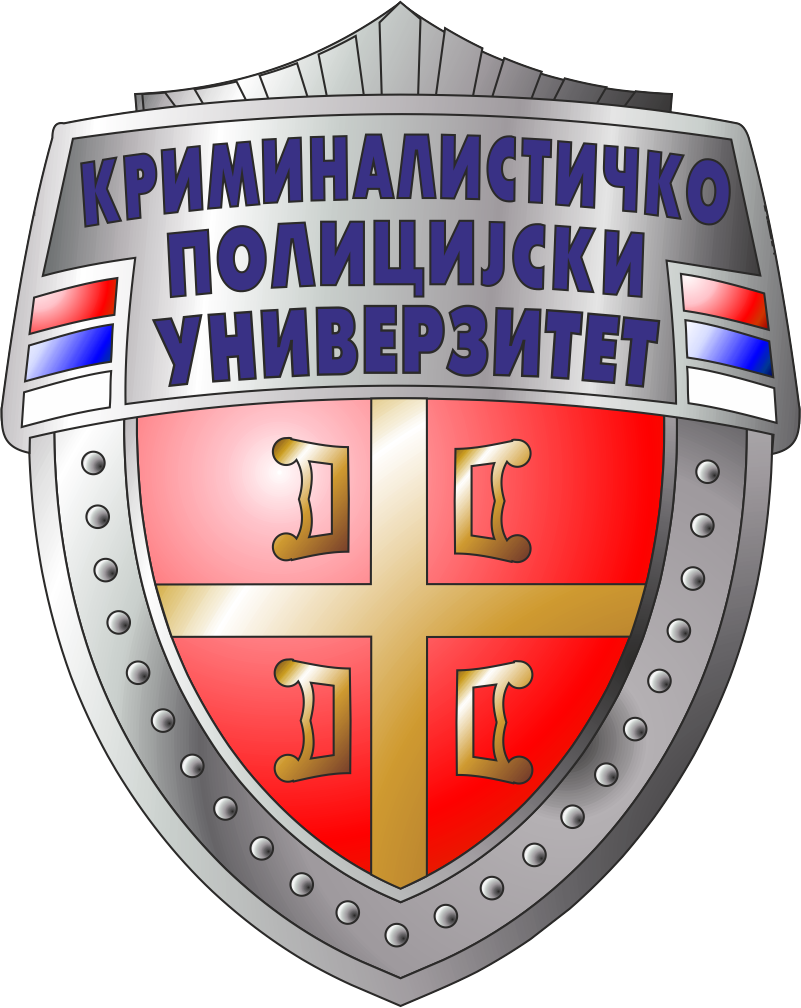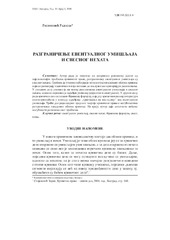Приказ основних података о документу
Differentiating dolus eventualis from conscious negligence
Razgraničenje eventualnog umišljaja i svesnog nehata
| dc.creator | Risimović, Radosav | |
| dc.date.accessioned | 2019-03-21T15:55:46Z | |
| dc.date.available | 2019-03-21T15:55:46Z | |
| dc.date.issued | 2008 | |
| dc.identifier.issn | 0354-8872 | |
| dc.identifier.uri | http://jakov.kpu.edu.rs/handle/123456789/236 | |
| dc.description.abstract | As we have already explained, the author is trying to contribute to solving one of the most complicated problems related to criminal law, differentiating dolus eventualis from conscious negligence. It is evident that for this purpose we cannot use the element of conscious as a criterion, because the legislator issues determined level of conscious when it comes to both forms of guilt in the same way ('when the perpetrator was conscious of his power to perform an action'). From the perspective of theory, Franco's formula represents an ideal mechanism for differentiating the forms of guilt, but as we have shown, in practice it is very hard to determine that the perpetrator agreed to consequence of criminal act. In spite of objections, Franco's formula is generally accepted in the contemporary criminal law theory. Therefore, our only task is to respond the crucial question - how to determine what would have been reaction of the perpetrator if he had known that the consequence will come forth for sure. We think that the perpetrator's statement should be taken into consideration, but also that objective circumstances of the case in question, which point out the perpetrator's intention to perform an action, that is, to abstain himself, should have crucial importance. Nevertheless, Franco's formula cannot be applied when it comes to criminal act of endangering public transportation. In practice, it is very difficult to imagine the situation in which the perpetrator would have performed an action of violating traffic regulations if he hadn't known that the consequences and concrete dangers for the people or properties would appear. When it comes to differentiating dolus eventualis from conscious negligence in public transportation, criminal law literature and legal practice offer so called inconsideration, that is, the circumstance in which the perpetrator violated more than one traffic regulation. We think that inconsideration should be used only as additional means for differentiating dolus eventualis from conscious negligence. The reason is that the concept of inconsideration is not determined. Also, some specific situations in traffic show that inconsiderate violation of traffic regulations does not necessarily mean accepting of the consequence of the criminal act of endangering the public transportation. | en |
| dc.description.abstract | Autor rada je pokušao da doprinese rešavanju jednog od najsloženijih problema krivičnog prava, razgraničenju eventualnog umišljaja od svesnog nehata. Problem je utoliko veći jer je intelektualni element oblika krivice koji se razmatraju identičan i nije pogodan da posluži kao kriterijujm razlikovanja. U uvodnom delu ukazano je na značaj razlikovanja eventualnog umišljaja i svesnog nehata, odnosno pojmovno je određen umišljaj (direktni i eventualni). U drugom delu rada kritički smo sagledali Frankovu formulu, koja je u krivičnopravnoj literaturi opšteprihvaćena u pogledu određenja 'pristajanja na posledicu' kod eventualnog umišljaja. Treći deo rada sadrži predloge teorije krivičnog prava o mogućnostima razgraničenja navedenih oblika krivice. Na kraju, autor daje sopstveno viđenje mogućnosti rešavanja ovog problema. | sr |
| dc.publisher | Kriminalističko- policijska akademija, Beograd | |
| dc.rights | openAccess | |
| dc.source | Nauka, bezbednost, policija | |
| dc.subject | eventualni umišljaj | sr |
| dc.subject | svesni nehat | sr |
| dc.subject | Frankova formula | sr |
| dc.subject | svest | sr |
| dc.subject | volja | sr |
| dc.title | Differentiating dolus eventualis from conscious negligence | en |
| dc.title | Razgraničenje eventualnog umišljaja i svesnog nehata | sr |
| dc.type | article | |
| dc.rights.license | ARR | |
| dcterms.abstract | Рисимовић, Радосав; Разграничење евентуалног умишљаја и свесног нехата; Разграничење евентуалног умишљаја и свесног нехата; | |
| dc.citation.volume | 13 | |
| dc.citation.issue | 3 | |
| dc.citation.spage | 89 | |
| dc.citation.epage | 103 | |
| dc.citation.other | 13(3): 89-103 | |
| dc.citation.rank | M51 | |
| dc.identifier.rcub | https://hdl.handle.net/21.15107/rcub_jakov_236 | |
| dc.identifier.fulltext | http://jakov.kpu.edu.rs/bitstream/id/2377/234.pdf | |
| dc.type.version | publishedVersion |


